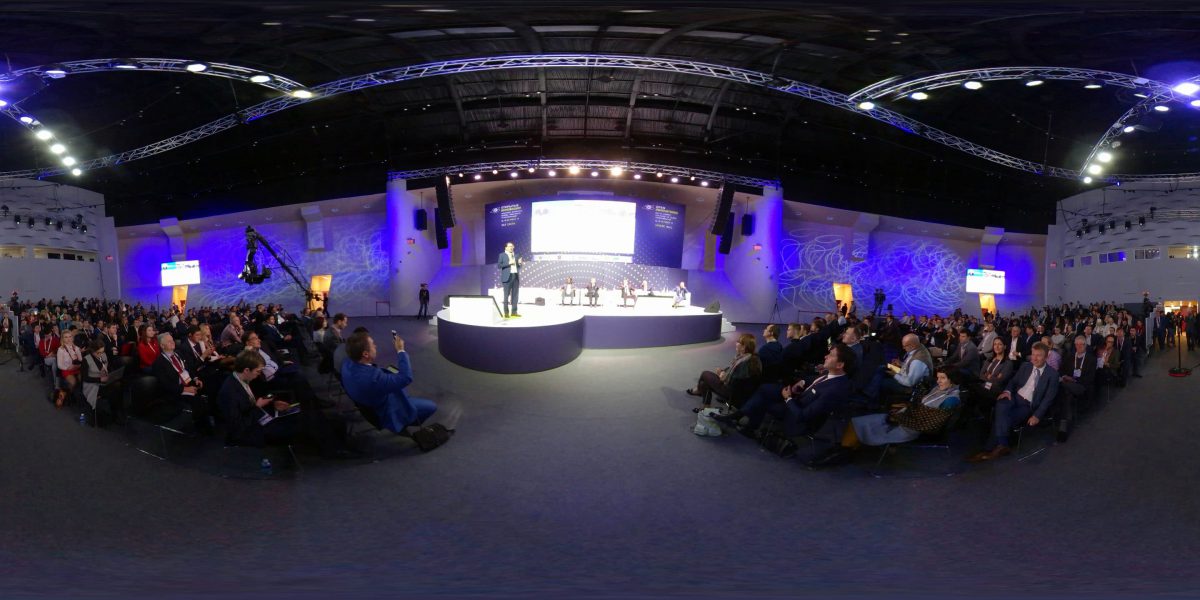In business, like life, we go through seasons. Companies go through good times and not so good times. Right now, the in-person event industry is in a “dry” season. The dry season has been devastating – closed hotels, limited flight options, restrictions on travel, and a global pandemic that is at the root of the wreckage. Thankfully, we know this season is temporary. Things will get better and travel will be back, but it’s hard to say what changes might be here for the long term. This season is sure to linger and, as event professionals, we are finding other solutions that will still accomplish your meeting or event business goals.
Unlike weather-related seasons, which are somewhat predictable (average temperatures, precipitation patterns, etc.), we cannot always forecast seasons in our businesses—especially a once-in-a-century global pandemic season. Travel and event professionals, we are giving you a virtual hug. Now, let’s work through the “new normal” and talk about the next season of events.
Here are three truths we believe:
First Truth – The definition of event success is the same
When planning and executing a successful event (meeting, conference, sales kickoff) it comes down to the following equation: engage the audience + inspire action among the audience + deliver results to you. Regardless of the delivery (virtual or live), a successful event can be achieved if this formula is followed.
To engage the audience, you need to make sure the critical messages are delivered, heard, understood, and acted upon by everyone in the meeting. While audience engagement may look different when it comes to virtual events vs. in-person events, the need for full participation is incredibly important. By including polling questions, Q&A, chat functionality and survey questions before, during, and after sessions, you are not only gathering valuable data to determine if your objectives are met, you are engaging the audience throughout. Additionally, finding ways to include elements of reward will keep people’s attention and give them another reason to stay attentive.
Finding ways to “wow” the audience must be a focus if you hope to inspire specific actions and ensure attendees are leaving your event with a renewed sense of vision, gratitude, and knowledge from your company. A virtual event and a webinar are not synonymous. A true online event is a complete interactive experience. While inspiring your audience at home may seem more challenging, the real hurdle is in the delivery and quality of your content and speakers. If we can all be infatuated with a Netflix show for hours on end, why can’t we take some of those same storytelling and production principles and apply them to your event? In virtual events, the quality of your technology will play a large part in inspiring people for action. Participants need to feel like they are “in the room” and present. Professional management, including moderation, thoughtfully planned timing, and good lighting are a few elements to consider.
Lastly, delivering results will come from the way data is collected and leveraged to look at all elements of your event and all types of feedback. In some ways, a virtual platform will give you even more information about participant behavior and preferences across the subject area, content, speaker, and modality experience. All of the activation points can be easily measured. As you start collecting the correct data based on the objectives set at the beginning of your event, you will begin to see how you can transform your events to make them more impactful. Additionally, being able to look across all your events and measure the total return on your event (ROE) to inform future spend.
Second Truth – If virtual events are your friend, hybrid events are your best friend
We know in-person, live experiences where people can gather face-to-face are usually the best way to achieve your event goals. That said, they might not be the best choice for ALL events. Hybrid events are going to take the cake. Who wouldn’t like the best-of-both-worlds option?
The truth is, not everyone can be in the same room at the same time. Not everyone can make every trip, and at times there are last-minute changes that impact an individual’s ability to travel; having a virtual option seems like upside-only for your event. Having more than one event delivery option is soon becoming our best friend. And, the best choice will be to include both a live and virtual component, so no one is restricted by travel costs, inability to be in-person or even the desire to learn or connect from home rather than in-person.
Once it is safe to travel again, we will see a rise in managing multi-site events, which would include smaller, in-person meetings linked together via virtual technology. This would be an effective way to have a shared experience across regions or groups while still adding an online component for those who are not physically in the room.
Third Truth – end-to-end event management is still necessary
Regardless of the event delivery, end-to-end event management is necessary. Here’s why:
- All attendees must register
- Depending on what company you want to use for event registration, either your event management partner or your company will own a license for an event registration tool to ensure you know who is attending.
- Production elements are needed
- Whether you are sourcing a virtual event platform or live production partners for A/V and creative displays, there are elements of production necessary for all formats of events. Even with a virtual event, production support is needed. You can’t just “plop” a meeting onto a platform and expect it to be successful!
- Inspirational speakers need to be sourced
- Keynote speakers and inspiring talks are relevant in all environments. In the new event normal, there are sure to be speakers who are better virtually over in-person. It will be up to your event company to help you decipher whom you should select for different elements of the program.
- Venues or locations need to be determined
- “Destination” or “Venue”—for “face-to-face” events are hotels, resorts, convention centers, meeting rooms, and DMCs. For virtual events, it is the ability to work with the right platform for the type of event the client needs to drive engagement (recording ability, breakout rooms, live feedback, chat, surveys, etc.). There are a lot of options out there (just like for live events). This part of the process will become a little more involved – especially for hybrid events in the future.
- Data must be gathered and analyzed
- We can help you understand what your attendees want while providing valuable data—including ongoing communications and insight into future events. Collecting data is important. Analyzing and using that data to create actionable insights to learn from and enhance further experiences is critical.
- Sponsorships are still a great way to pay for your event
- Clients can share costs with their supplier partners and other interested parties through packages based on the type of event. Virtual event platforms make it easy to manage these types of engagements.
In every season of events, we promise to keep one thing constant: we still measure our success on our clients’ success. One10 will continue to be your go-to event management expert – now, tomorrow, and for the future.


